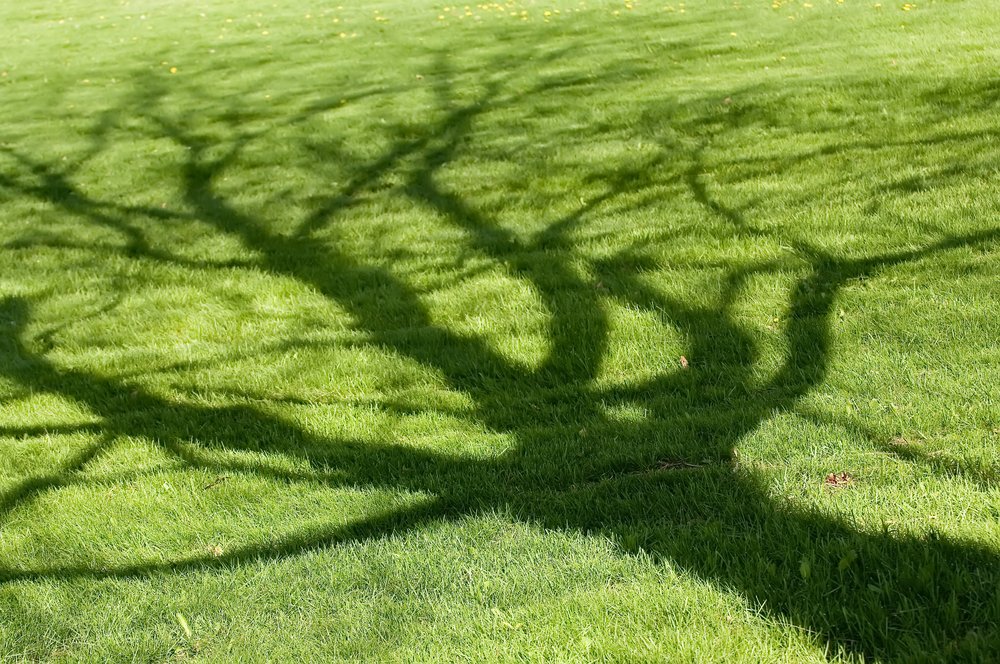Every genealogist has felt the pull of a “prestige ancestor.” You know the ones — the families with noble blood, Revolutionary War officers, or prominent Southerners who seem to appear in everyone’s online tree. It’s tempting to click “attach” and instantly claim a famous lineage.
But I’ve learned to be stubborn about evidence, even when it means saying no to an attractive family branch. Two recent examples in my own research show why.
The Case of John Ayers
My 4th great-grandfather John Ayers died in Georgia during the Civil War. Dozens of online trees confidently attach him as the son of Moses Ayers and Edy Payne, a well-documented Southern family. The problem? Everything about my John screams Northern: all records indicate a birth place of Vermont (or possibly Ireland), New York, Illinois, Minnesota, then drafted into Union service. It’s a classic northern migration pattern, not a Georgia one.
Yes, I share DNA with people who connect to the Ayers/Payne family — but the paper trail doesn’t match. My John’s records put him firmly in the North, and the DNA could just as easily be explained through collateral families like the Roffs, Rolfes, and their Ayres wives. So while others are eager to link him to a prominent Southern family, I’m not forcing him there. His story — a reluctant Union soldier who died far from home — deserves accuracy, not assumption.
The Benson/Chapman Caution
Then there’s my Benson/Chapman line. Here, the paper trail fits, the evidence supports it, and the line stretches back into English nobility - all the way back to Leofric, Earl of Mercia and his famous wife Lady Godgifu ... or Godiva. It would be so easy to click “accept” and enjoy the glamour of noble ancestors. But even here, I stopped, double-checked, and made myself prove every step before attaching. Prestige makes me more cautious, not less.
Trusting the Gut
There’s another piece of this puzzle that’s harder to explain: the gut feeling. With John Ayers, I just know that Moses and Edy are not his parents. The evidence doesn’t fit, but beyond that, it doesn’t feel right.
That might sound strange, but intuition plays a real role in family research. Over the years, I’ve learned to pay attention to those instincts — my inner “human lie detector.” When the records are thin or the DNA is confusing, sometimes it’s the way a story resonates (or doesn’t) that makes all the difference.
I’ve even accepted less evidence on other ancestors because the pieces felt right together. With John Ayers, the opposite is true. Even though dozens of trees attach him to Moses and Edy, and I share DNA with some of their descendants, my gut says the connection is further back — maybe as cousins, not as parents.
It’s not something you can quantify in cM or document citations, but ignoring that instinct has never served me well.
Why Thrulines Isn’t Proof
Part of the problem comes from how people use Thrulines. Many believe it’s showing DNA proof of a specific ancestor. It isn’t. Thrulines proves that you and your DNA matches are related, but it uses family trees that regular people made to guess how you connect. And often people will accept the Hints or other people's trees without actually researching them, which leads to random strange DNA records.
If those trees are wrong? Thrulines will still happily draw you into the wrong branch. That’s how so many people end up with “prestige ancestors” — not because the DNA says so, but because enough trees assume it.
That’s why I never take Thrulines at face value. I treat it like a working hypothesis. Then I test it:
-
Can I find matches through a sibling of my ancestor (not just my direct line)?
-
Do the cM amounts fit the predicted relationship?
-
Does the paper trail confirm the DNA, or is Thrulines just filling gaps with wishful thinking?
When those pieces line up, then I start to feel confident. Until then, it’s just a guess dressed up with DNA.

On the image above, I share my Thruline matches to Edy Payne, wife of Moses John Ayers, both of Georgia. The hard part here is that yes, we have several sibling matches, so on some level I have to be related to Edy Payne. I have less matches to Moses John Ayers, her husband, and all of these matches are linked as "half" matches ... which could also indicate the connection is a level higher. My Ayers ancestors are on my maternal side. However, my paternal side is all from southern Virginia and North Carolina, where Edy Payne was born. I will keep exploring my connection to Edy Payne ... however I won't be surprised if it ends up being a paternal connection and not maternal.
Or, maybe I'm wrong, and my John Ayer is a son of Moses Ayers and Edy Payne, who disavowed his ancestry and moved to New York as a teenager. I can only hope to find the truth.
The Takeaway
Prestige ancestors are tempting, but they’re not the goal. On my Benson/Chapman side, I’ve finally come to fully accept the research. My grandmother’s DNA matches, the consistent naming patterns, and hours of digging through probate, land, and church records have confirmed what once felt “too good to be true.” Yes, that line really does stretch back into English nobility — and even hints at a descent from Lady Godiva herself. That’s especially fun for a family like ours, with horses in our blood and in our daily lives. There are also ship captains in the mix — which feels ironic, since today I live about 250 miles east of Kyle, South Dakota, the geographic point considered the furthest from any ocean in the United States (about 1,030 miles). I may not be quite as landlocked as Kyle itself, but I’m still living about as far from saltwater as a descendant of sea captains can get.
On the Ayers side, the work continues. The paper trail is tangled, the DNA points in multiple directions, and my gut still says Moses and Edy are not the answer. Whether John was Vermont-born, Irish-born, or connected through collateral Ayres/Roff/Rolfe lines, his story is not yet finished. And that’s okay. Genealogy is not about attaching names as quickly as possible — it’s about the careful work of building a story that holds true.
And sometimes, those stories live on not through paper or DNA at all, but in memory. My grandmother still remembers the family name pronounced as “Aires,” passed down through her own parents and grandparents. That pronunciation may be all that remains of the truth — a faint echo across the generations — but it grounds the story more firmly than any prestige pedigree ever could.
Those are the ancestors I want to honor — the real ones, proven step by step, whether they lead to nobility and ships at sea, paupers and Appalachian hillbillies, or to a Minnesota farm.



